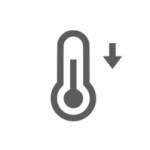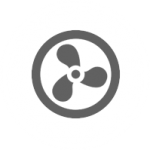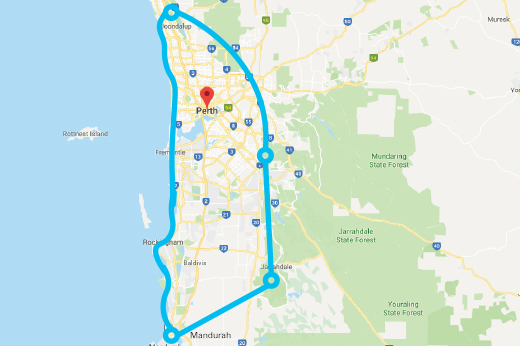Types of air conditioners
TYPES OF AIR CONDITIONERS
If you not familiar with domestic air conditioners, you will quickly realise there is an enormous variety available in the marketplace. Not only are there numerous manufacturers but also a myriad of differing types of air conditioners. Generally speaking we fit all of these into 5 categories.
1 Ducted Reverse Cycle air conditioning
The ultimate in home comfort for the whole family. Fully ducted reverse cycle air conditioning operates from a central unit that air conditions your entire home through unobtrusive grills located in the ceiling. A large motor and cooling fan reside outside the house and pump refrigerated air through a series of ducts in the walls and ceilings. These systems are most labour intensive in installation and are by far the most expensive. Ducted systems require professional installation.
2 Split Systems(High Wall splits)
Best for cooling individual rooms or open plan areas. They derive their name from literally being split into 2 seperate sections. There is an external section usually called the outdoor unit(installed outside of the house) containing the cooling parts of the air conditioner. Then there is an internal section usually called the indoor unit(installed inside the house) containing fans that deliver the refrigerated air into your living space. When the correct capacity split system is installed it offers very efficient cooling and is significantly more cost effective than a ducted air conditioner. Split Systems tend to be good value for money outcome depending on how much of your home you want cooled.
Split systems require the services of a professional installer.
3 Multi Split Systems
Traditionally, these systems have been used in commercial environments. In more recent times they have been made available to the domestic consumer through commercial specialists and resellers. It is similar to the standard split system in that it has one outdoor unit. However, the multi-split system can provide cooling from 2-9 rooms within the house through a series of indoor units. It is difficult to determine the Minimum Efficiency performance(MEP) with this type of air conditioner(mainly when it is turned on in all rooms of the house).
Multi split systems require professional installation and can be expensive.
4 Inverters
One of the most recent technological breakthroughs in the air conditioning industry is the introduction of inverters. An inverter works by continuously varying the fan and motor speed of an air conditioner. This creates a more efficient use of power and results in the system achieving the selected temperatures significantly faster. Upon reaching the required temperature, the unit adjusts itself up or down to maintain a constant temperature Air conditioners that don’t have an inverter are in constant operation until the selected temperature is reached wherein they will automatically switch off. With both the motor and fan regularly cycling through this ‘start/stop’ sequence, the air conditioner cannot maintain a constant, steady temperature Manufacturers point to evidence that an inverter can potentially be up to 30% more energy efficient than a standard unit. So whilst it will definitely cost you more in the initial purchase point, your long term power bills can be significantly less. You have to way up the benefit for you and your current situation. One thing to be aware of as you research the different types and models is that:
*An inverter air conditioner will not be as Energy Efficient as a standard air conditioner when operating at full load. This should not be a deterrent against considering the style of unit because inverter air conditioners will always be more efficient during part load operation and this is where your home air conditioner will spend most of its functioning time.
5 Ducted Evaporative air conditioning
Ducted Evaporative cooling (also called a swampy) is a device that cools air through the evaporation of water. Evaporative cooling differs from typical air conditioning systems, which use vapour-compression or absorption refrigeration cycles. Evaporative cooling uses the fact that water will absorb a relatively large amount of heat in order to evaporate (that is, it has a large enthalpy of vaporization). The temperature of dry air can be dropped significantly through the phase transition of liquid water to water vapour (evaporation). This can cool air using much less energy than refrigeration. In extremely dry climates, evaporative cooling of air has the added benefit of conditioning the air with more moisture for the comfort of building occupants.The cooling potential for evaporative cooling is dependent on the wet-bulb depression, the difference between dry-bulb temperature and wet-bulb temperature (see relative humidity). In arid climates, evaporative cooling can reduce energy consumption and total equipment for conditioning as an alternative to compressor-based cooling.
Providing better solutions by
our areas of focus and excellence





SERVICING FROM JOONDALUP TO MANDURAH
FREE CALL – 1300 278 821
Email: enquiries@waclimatesolutions.com.au
SEND US A NOTE
Copyright © 2019 – WA Climate Solutions

